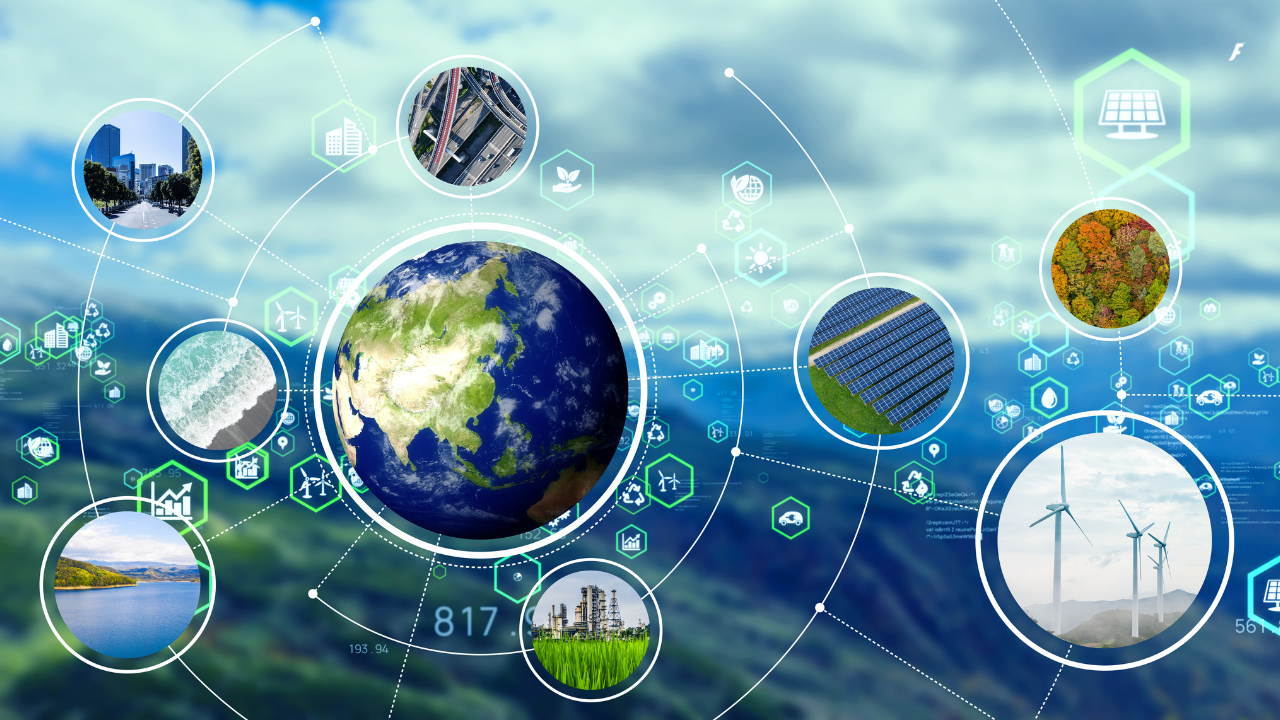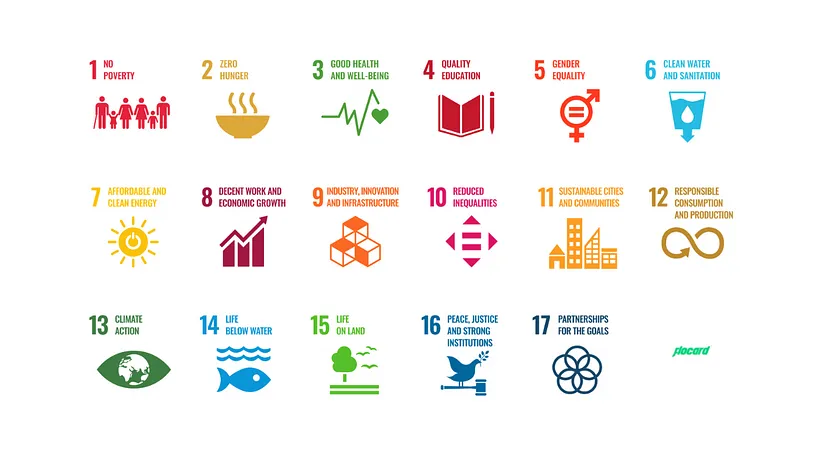Rise of the SDGs

In every introductory Economics class, the first concept explained is the difference between growth and development.
Economic growth reflects only the increase in national income; wherein economic development extends to uplifting living standards, educational standards, improved healthcare, and infrastructure.
It is worth noting that economic growth and development are not mutually exclusive. That is, employment and monetary instability hinders development and vice versa.
As an extension of economic growth, the basic condition for development is financial gains. Monetary stability ensures food security and fulfilment of basic needs. The more money you make, the better health and education facilities you can afford, and better the overall quality of life you live.
But does this growth-induced development suffice as an ingredient towards sustainability?
It does not.
A classic example is the Industrial revolution. It did enable long term income increase, but with a tradeoff of rising emission, pollution, and deforestation. It also intensified income disparity among the working class and the owners of capital. Industrialization further contributed to gender inequalities, deterioration of health and bad quality of life for the labour force.
Hence there was a need for defining Economic Sustainability. It refers to practices that support long term economic growth without negatively impacting social, environmental, and cultural aspects of the community.
With the negative impacts of various events like industrialization, epidemics, and climate change already visible, UNDP drafted MDG (Millennium Development Goals) in 2000. As the MDG's included only developing countries and lacked accountability we transitioned to SDGs (Sustainable Development Goals) in 2015.
Sustainability is an umbrella word and UNDP has efficiently set 17 different SDGs to focus on improving well-being in the world. It addresses all countries and aims at harmonizing economic, social, and ecological needs. All the 17 goals are mutually inclusive and affects each other's progress.

They have retained the ideology of how sustained and inclusive economic growth (SDG #8) can drive progress, create decent jobs, and improve living standards. Hence, inherently contributing to goal #1 (no poverty), #2 (zero hunger), #10 (reduced inequalities) and a few others on the go.
In 2015, more than 736 million people lived below the international poverty line.
With rise in health problems, encompassing declining mental health in individuals and lack of infrastructure in the healthcare sector, goal #3 was formulated. Health emergencies like the covid-19 pandemic has shown the critical need for preparedness under goal #3.
Unfortunately, with the pandemic and geopolitical tensions, it is predicted a total of 860 million people will be living below the $1.90 a day by the end of 2022.
Likewise, to mitigate climate crisis consequences, goal #13 was enforced. Its success is interlinked with goals #7 (affordable and clean energy), #11 (sustainable cities and communities), and #12 (responsible consumption and production).
2010s were by far the hottest decade on record, with the average temperature in 2020 tied with that from 2016 to be the hottest year on record.
Keeping in mind the adversities of rising temperatures and pollution, faced by the biodiversity of the planet, goals #14 (life below water), and #15 (life on land) became operational.
The Living Planet Report 2020, published by WWF, has revealed a global species loss of 68 percent in less than 50 years
Goal #9 is dedicated to industry, Innovation, and infrastructure. Combined with goal #12 it motivates enterprises and individuals to become conscious consumers and producers while adopting the zest to drive innovative solutions to global issues.
Goal #5 is dedicated to achieving gender equality and is kept separate from goal #10 (reducing inequality). Women are in general more vulnerable to climate change, poverty and hunger and are often not given the same opportunities as men. All other goals are subjected to tarnish if we do not work towards gender equality.
In 2010 women made on average only about 77 cents for every dollar men made for the same work.
The heart of any development is quality education (goal #4). It allows to break the cycle of poverty and hunger. In today's fast paced world, lack of access to education is considered the root of poverty. Education also helps reduce inequalities, including gender and racial disparities.
According to UNESCO, 61 million primary school-age children were not enrolled in school in 2010.
The thirst of economic growth was making our world less and less viable. Though economic growth is indispensable in the pursuit of development; a set of auxiliary goals were needed to conserve the environment and protect the society.
All in all, it is safe to say that designing these 17 sustainable development goals has embarked a journey of achieving harmony. It has the power to dictate how are future would look like.
Though the data on these diverse themes are rather alarming. Since its inception in 2015 until now, considerable progress has been made. Nevertheless, we have a long way to go in manifesting a healthy planet and its people.
As expected, achieving these goals are not the sole responsibility of the international and governmental organization. In addition to their involvement, every individual and enterprise needs to put efforts towards them.
FloCard is an enterprise that is dedicated towards all 17 sustainable development goals. Anyone and everyone can become a part of FloCard's #BetterPlanetTogether campaign.
